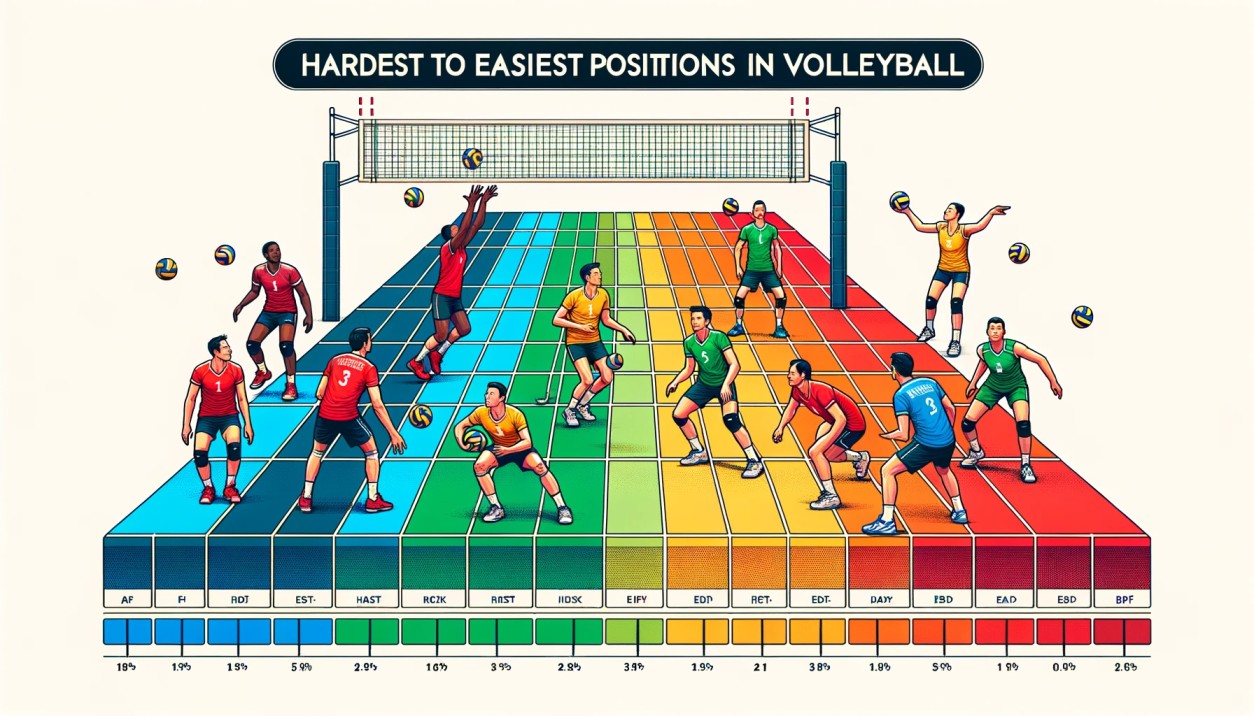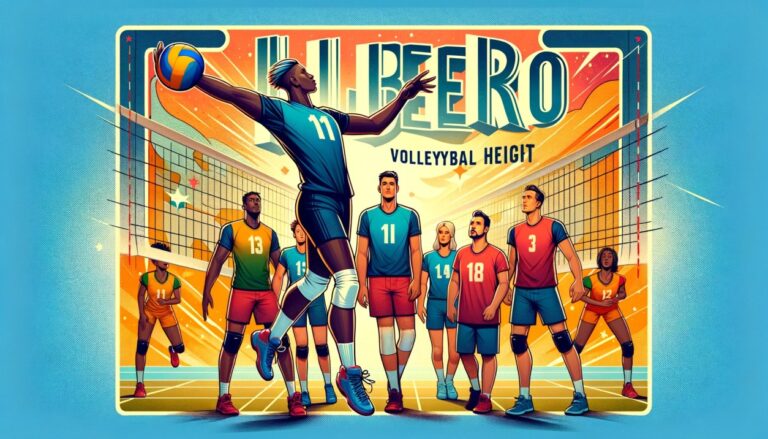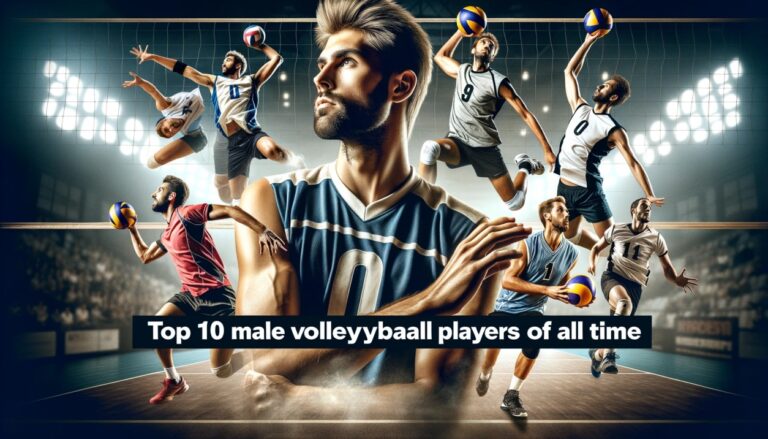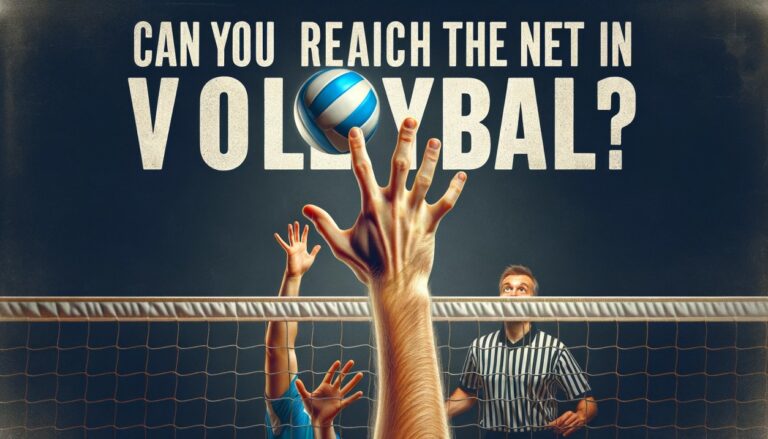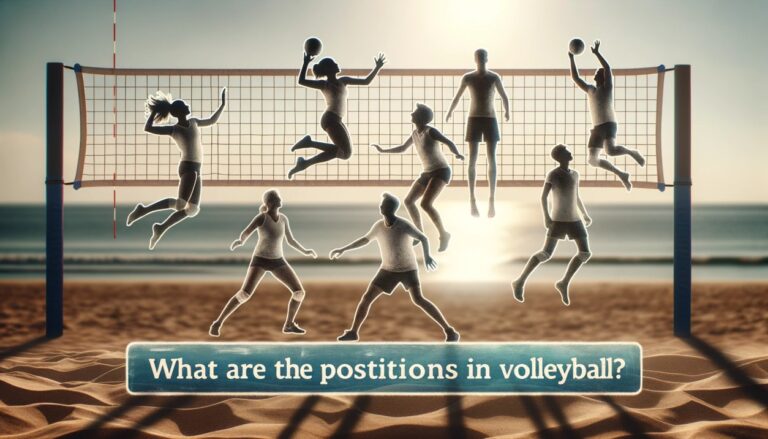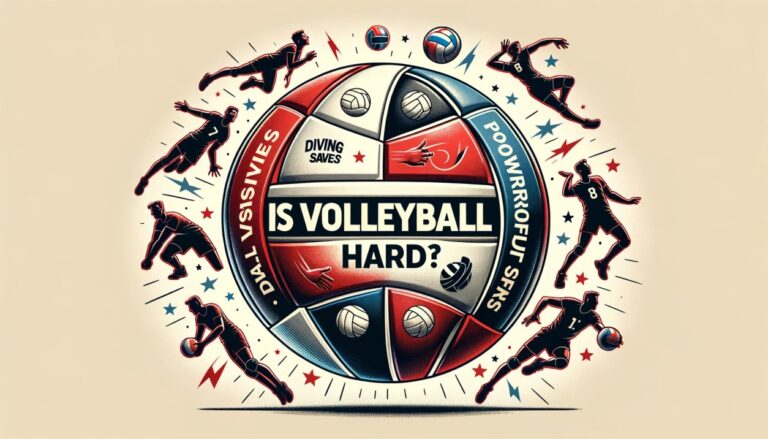Hardest to Easiest Positions in Volleyball
Introduction
In this article, complete information about the Hardest to Easiest Positions in Volleyball is given. This article serves as a comprehensive guide to understanding the varying levels of difficulty in volleyball positions, from the hardest to the easiest.
Whether you’re a newbie trying to find your place on the court or a seasoned player looking to switch things up, we’ve got you covered.
What Makes Hardest to Easiest Positions in Volleyball?
Understanding what makes a position in volleyball hard or easy is crucial. Here are some key factors:
- Skill Level Required: Some positions demand a high level of technical skills, like serving or spiking.
- Physical Demands: Think you can jump high? Some positions might be more physically demanding than others.
- Mental Toughness: Volleyball isn’t just a physical game; it’s a mental one too. Some positions require quick decision-making under pressure.
- Teamwork and Communication: Volleyball is a team sport, and some positions require more coordination and communication than others.
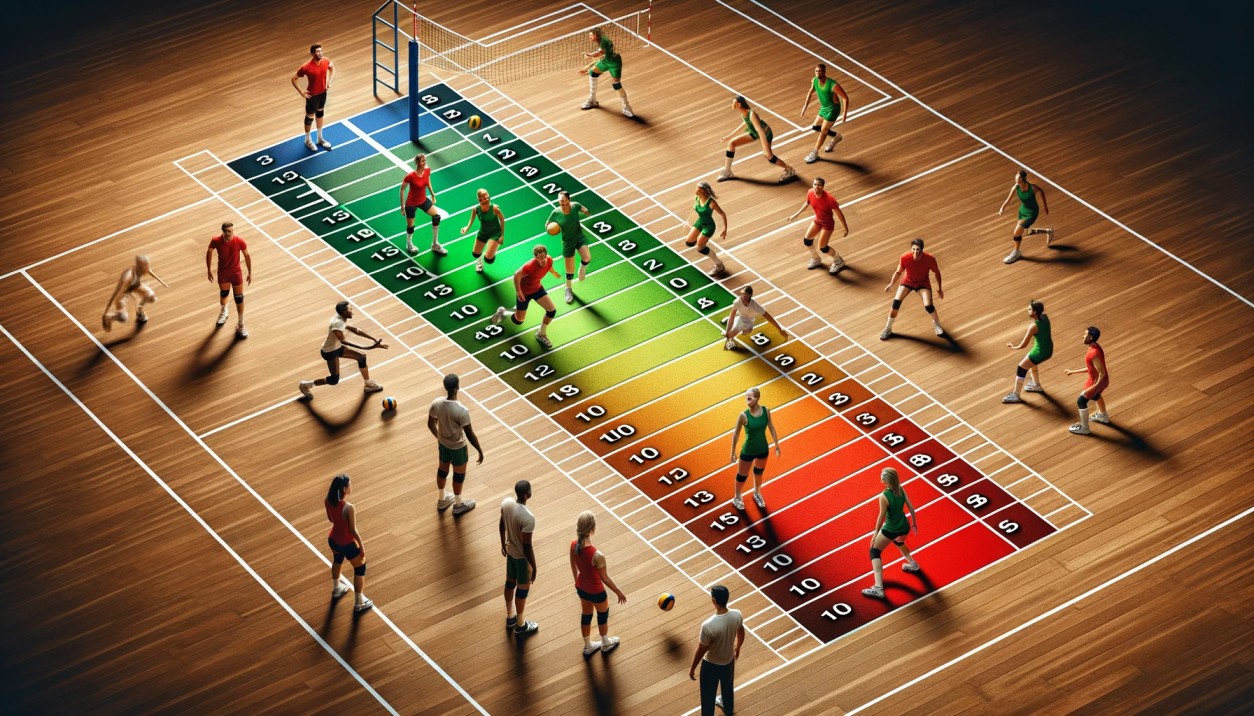
The Positions
Setter
Role and Responsibilities
- The setter is the playmaker, responsible for setting up plays and distributing the ball.
Why it’s Considered Hard
- Requires excellent hand-eye coordination and quick decision-making.
Skills Required
- Precise ball control
- Strong communication skills
- Ability to read the game
Pro Tips for Excelling as a Setter
- Practice your hand positioning.
- Work on your peripheral vision to read the game better.
Outside Hitter
Role and Responsibilities
- The Outside Hitter is often the go-to spiker and plays both offense and defense.
Why it’s Considered Hard
- Requires versatility and the ability to spike from various angles.
Skills Required
- Strong spiking and blocking
- Good footwork
- Defensive skills
Pro Tips for Excelling as an Outside Hitter
- Work on your approach run.
- Improve your timing for jumps and spikes.
Middle Blocker
Role and Responsibilities
- The Middle Blocker is key in defense, responsible for blocking opponent spikes.
Why it’s Considered Moderate
- Requires less versatility but needs quick reflexes.
Skills Required
- Quick footwork
- Strong jumping ability
- Good timing
Pro Tips for Excelling as a Middle Blocker
- Work on your reaction time.
- Practice your hand positioning for effective blocks.
Libero
Role and Responsibilities
- The Libero specializes in defensive skills like digging and passing.
Why it’s Considered Moderate
- Less physically demanding but requires excellent ball control.
Skills Required
- Excellent passing
- Good court awareness
- Quick reflexes
Pro Tips for Excelling as a Libero
- Improve your diving and rolling techniques.
- Always communicate with your teammates.
Opposite Hitter
Role and Responsibilities
- The Opposite Hitter plays opposite the setter and is mainly responsible for hitting and blocking.
Why it’s Considered Easier
- Less responsibilities in playmaking and defense.
Skills Required
- Strong hitting
- Basic blocking skills
Pro Tips for Excelling as an Opposite Hitter
- Work on your hitting technique.
- Practice your blocking timing.
Defensive Specialist
Role and Responsibilities
- The Defensive Specialist is a back-row player focused on defense.
Why it’s Considered Easiest
- Primarily focused on one aspect of the game: defense.
Skills Required
- Good passing
- Quick reflexes
Pro Tips for Excelling as a Defensive Specialist
- Work on your positioning.
- Practice your serve-receive techniques.
FAQs
What is the most important position in volleyball?
There’s no definitive answer as all positions are crucial, but setters often play a key role in orchestrating the team’s plays.
How do you decide which position to play?
Your skill set, physical abilities, and personal preferences should guide your choice.
Can you switch positions in volleyball?
Yes, but usually within the rules and strategies set by your coach or team.
What is the easiest position for beginners?
Defensive Specialist is often considered the easiest for beginners due to its focus on defense.
What is the hardest position in girls volleyball?
The hardest position in girls volleyball is often considered to be the setter. This position requires excellent hand-eye coordination, quick decision-making, and the ability to read the game well. The setter is essentially the quarterback of the team, responsible for setting up plays and distributing the ball effectively.
Where do you put the weakest player in volleyball?
The weakest player is often placed in the position of Defensive Specialist or Back-Row Player. These positions are generally considered to be less demanding in terms of both offensive and defensive responsibilities. However, it’s essential to note that no position is “easy,” and even defensive specialists require a good skill set to excel.
What is a weak side hitter in volleyball?
A weak side hitter, also known as the opposite hitter, plays on the right side of the court and is responsible for hitting and blocking. They usually hit from the right antenna and are often tasked with blocking the opponent’s outside hitters.
What is best opposite in volleyball?
The best opposite in volleyball is a player who excels in hitting from the right side, can block effectively, and is also capable of playing solid defense. They should have a strong arm swing, good timing, and the ability to read the opponent’s plays.
What is a main hitter in volleyball?
The main hitter in volleyball is usually the Outside Hitter. This player is often the go-to option for spikes and is expected to be versatile, capable of hitting from various angles and playing solid defense.
What is a middle hitter in volleyball?
A middle hitter, or middle blocker, plays at the net and is primarily responsible for blocking opponent spikes and quick attacks. They need to have good jumping ability, quick footwork, and excellent timing to be effective.
Where is the power hitter in volleyball?
The power hitter is usually the Outside Hitter who plays on the left side of the court. They are often the primary option for strong, aggressive spikes and are expected to be one of the team’s leading scorers.
How can I be a better opposite hitter?
To be a better opposite hitter, focus on:
- Improving your hitting technique
- Practicing your blocking timing
- Enhancing your defensive skills
- Working on your serve to make it more effective
Where is 4 in volleyball?
In volleyball rotations, position 4 is usually where the Outside Hitter starts. It’s located in the front row, on the left side of the court when facing the net.
What volleyball position gets injured the most?
Injuries can happen in any position, but Outside Hitters and Middle Blockers often face a higher risk due to the jumping and quick movements required in these roles.
What is the hardest part of playing volleyball?
The hardest part of playing volleyball varies from player to player but can include:
- Quick decision-making under pressure
- Maintaining stamina and physicality throughout the match
- Mastering technical skills like serving, spiking, and setting
What is the best height for a volleyball player female?
There is no “best” height for a female volleyball player as different positions have different ideal heights. However, taller players often have an advantage in positions like Middle Blocker and Outside Hitter. But remember, skill and technique can often outweigh height advantages.
Conclusion
In summary, each volleyball position comes with its own set of challenges and rewards. Whether you’re a setter orchestrating the game or a defensive specialist saving the day, each role is vital.
Takeaways
- Don’t shy away from trying different positions.
- Embrace the challenges and joys each position offers.
